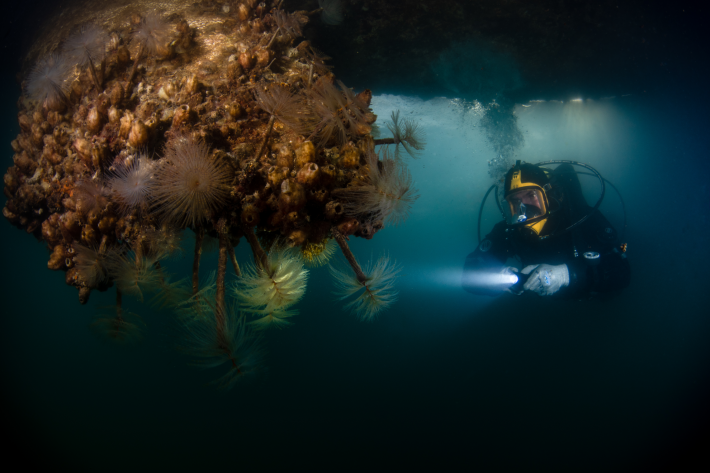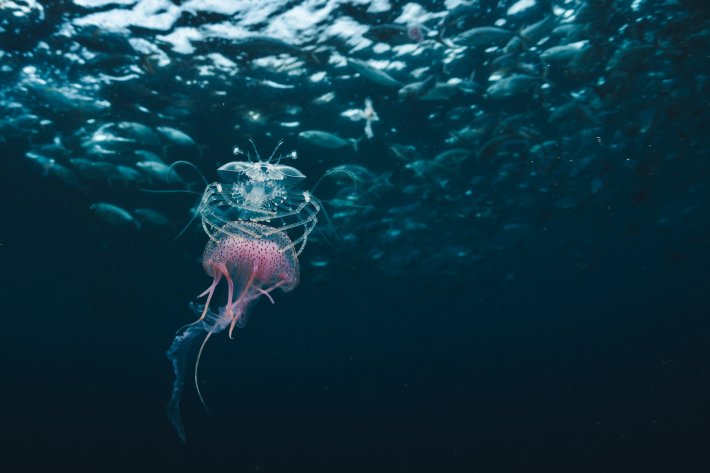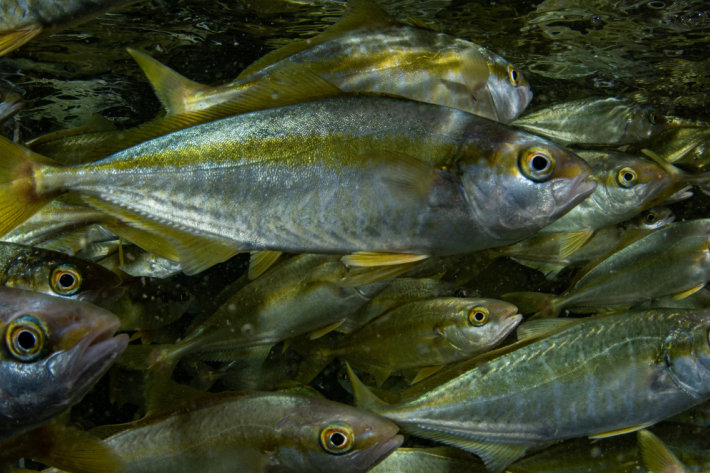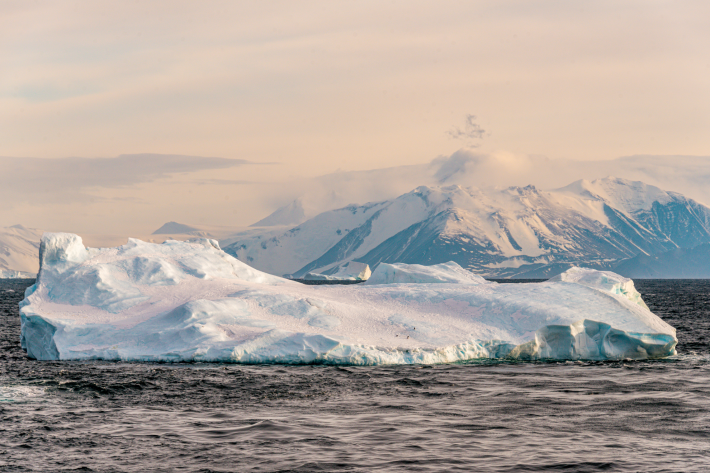Areas of research
-

Coasts
NIWA aims to provide the knowledge needed for the sound environmental management of our marine resources. -

Oceans
NIWA aims to provide the knowledge needed for the sound environmental management of our marine resources. -

Aquaculture
Supporting the sustainable growth of New Zealand’s aquaculture industry. -

Fisheries
Balancing the sustainability of our fisheries stocks and the impacts of fishing on the environment with the economic opportunities -

Antarctica
Supporting research on Antarctic atmospheric processes and aquatic ecosystems. -
Pacific
NIWA’s environmental science helps contribute to sustainable development in the Asia-Pacific region. -

NIWA Vessels
NIWA's vessels are world-class environmental monitoring and research platforms.
